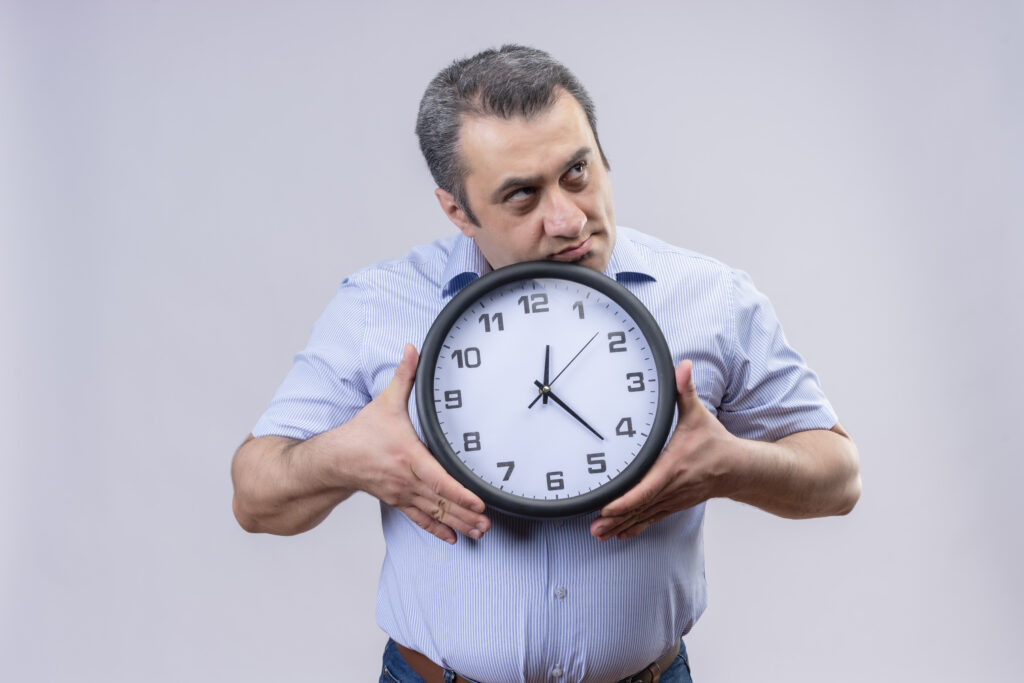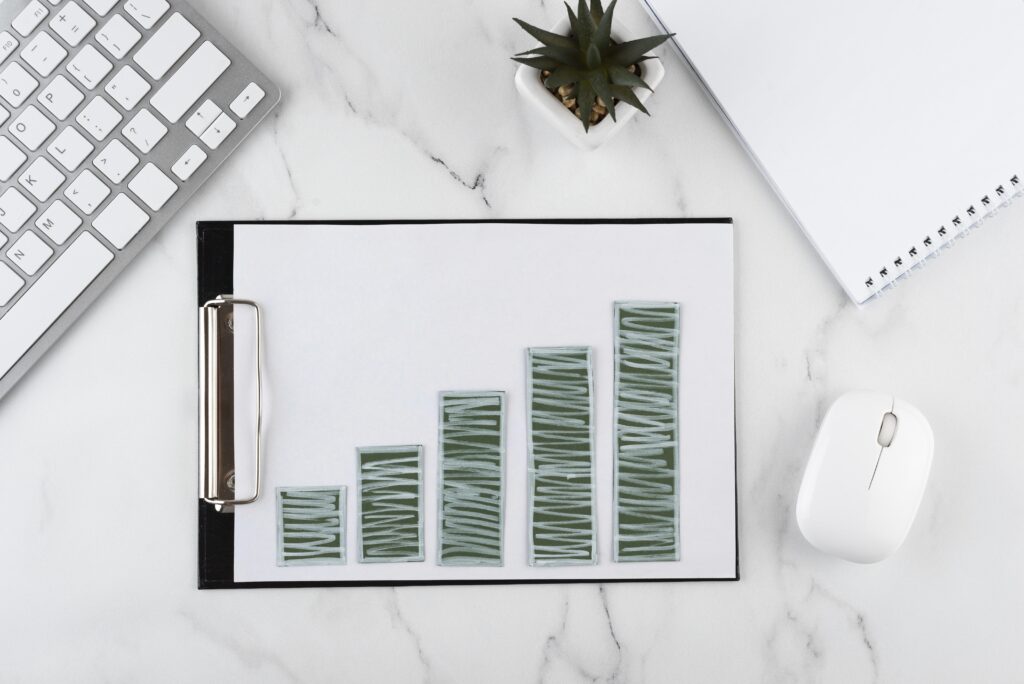Consumers encounter numerous daily temptations through flash sales and limited-time offers and sleek advertisements which drive them to make impulsive buying decisions. The “24‑hour rule” presents a straightforward method which transforms our financial results in a significant way. A one-day waiting period for non-essential purchases allows desire to match up with reason. The rule functions as a cognitive tool which uses behavioral economics and psychology principles to help people save thousands of dollars throughout their lifetime.
The Science Behind the Pause
Present Bias & Hyperbolic Discounting
The human brain has an innate tendency to place greater value on immediate gratification while undervaluing future rewards which scientists describe as present bias and hyperbolic discounting. People tend to select $50 today instead of $100 tomorrow but their preference changes when both options are delayed to the future
Decision Fatigue and Impulse Buying
The more choices we make our decision-making power decreases through a phenomenon known as decision fatigue. Our mental reserves become depleted by the time we reach checkout which allows impulse purchases to pass through our defenses. The process of delaying choices enables our minds to recover while our mental clarity returns.
Delaying Reduces Impulse Urge
Research shows that a brief delay of 25 hours reduces both impulsive buying urge and purchasing intent. The effect does not occur with minimal delay; e.g., 10 minutes of pause had no significant impact because shoppers often continued browsing.
Why It Works — Multiple Angles
- Emotional cooling-off: The initial dopamine spike fades, and rational thought re-enters the decision-making process. A 24-hour pause often reveals the purchase wasn’t essential.
- Sleep and clarity: A night’s rest improves cognitive processing and emotional regulation, helping us judge purchases with clearer heads.
- Shield from marketing tactics: Delay disrupts manipulative marketing triggers like urgency, countdowns, or “limited time only” messaging
Real-World Benefits & Long-Term Impact
- The practice of fewer impulse buys leads to reduced physical and mental clutter together with decreased feelings of buyer’s remorse.
- The weekly savings of $10 from unneeded purchases will amount to more than $500 per year while providing additional investment potential when money is saved or reinvested.
The unobserved financial potential is often analyzed through what is called a shadow budget — the money that could have been spent but was not. Read more here. - The practice of delayed decision-making develops self-control which helps people make better choices regarding investments and debts.
- The practice of spending with intention leads to better financial well-being through improved budgeting skills and long-term planning abilities.
Implementing the 24‑Hour Rule — Step-by-Step
Set a Threshold
Apply the rule only to non-essential purchases above a certain amount (e.g., $50). This keeps it manageable.
Cart & Wait
Add items to your cart, then step away—no instant checkout.
Ask Reflection Questions
During the pause, honestly ask:
- Do I need this or just want it?
- Does it align with my goals or budget?
- Is there a cheaper or free alternative?
Evaluate Post-Pause
If you still genuinely want the item after 24 hours, and it fits your financial plan, go ahead. Often though, the desire fades.
Track Your Savings
Record all the items you refrained from purchasing together with the amount of money you managed to save. The growing total serves as a reminder to continue this habit.
Case Example (Hypothetical)
Mark, a freelance writer, used to make many impulsive purchases of digital tools and courses. Mark established a 24-hour waiting period for all purchases exceeding $30. His impulsive buying decreased by 70% during six months which allowed him to save money for health insurance and vacation expenses. The waiting period enabled him to distinguish between essential tools and unnecessary distractions.
The 24‑hour rule is not ascetic; it’s strategic. The rule helps people transition from impulsive buying to purposeful purchasing decisions. The simple rule draws from established behavioral and cognitive science research to change our spending habits and thinking patterns and goal-setting priorities.
Your future self will gain power through this waiting period. Let the pause become your strongest financial habit — the one that protects thousands of dollars.
The financial savings represent only one aspect of a deeper identity change that occurs. Your financial identity shifts when you develop self-perception as someone who makes deliberate choices about money because you wait before acting. Your entire relationship with money changes. You’re no longer reactive. You’re in control. The way you see yourself develops through time and affects your decisions in investment and negotiation as well as boundary setting and refusal. Your self-perception builds up over time to impact your life decisions in multiple domains.
Financial mindfulness develops through this practice. Your wallet now receives guidance from your personal values instead of marketing campaigns and peer pressure. You should determine if you truly need the item or if you desire the sensation it provides. Are you addressing a real need — or soothing a fleeting emotion? The questions become possible only when you create time to ask them. The 24‑hour window gives you that space.
Most of the time the sudden desire disappears. The cart gets emptied. The tab stays closed. And the money? It stays right where it belongs — with you. And the money? Your money remains in your possession.
The practice does not involve denying yourself pleasure. It’s about defining priorities.
When a purchase seems urgent to you take a moment to pause. Give it a day. You might still buy it — or you might just realize you’ve already bought yourself something far more valuable: clarity.

Hi, I’m Fernando Pham, and welcome to WhyDetails.com! I’m from San Francisco, and I love exploring questions and sharing answers through my blog.



